Since March 4, 2021, actors and intermittents have occupied the Odéon theater despite the aid announced by Roselyne Bachelot.
Culture has been dormant since the start of the pandemic. Theaters, cinemas and places of entertainment no longer welcome spectators. Despite the recordings, recordings and rehearsals that continue, the artists do not see the end of the tunnel.
The movement began at the Philharmonie, under the leadership of the CGT with around fifty actors, musicians and technicians. Without apparent results, the occupants did not insist. They then chose to occupy the Odeon. The movement then spread in various Parisian theaters and in the provinces.
History of the Odéon theater
In April 1782, Queen Marie-Antoinette inaugurated the « French Theater » (the Odeon). It is home to the Comédie Française troupe.
The first performance of « La Folle Journée or the Marriage of Figaro » by Beaumarchais took place at the « Théâtre Français » in April 1784.
It is located on Place de l’Odéon, near the Luxembourg Gardens and Palace (75006) in Paris. This « Italian-style » theater has a cubic-shaped stage and a semi-circular hall in neoclassical style.
The theater will change its name in 1796 to become « Théâtre des Nations » then « Théâtre de l’Egalité » and finally « L’Odéon ». Some actors have fled, others arrested.
A fire destroyed the building in 1799 then a second time in 1818. Louis XVIII had the theater rebuilt under the name of « Second French Theater ». It will become the seat of the youth insurrection during the Revolution of July 1830. During the Siege of Paris in 1870, a makeshift military hospital was installed there!
The Odeon in the 20th century
During the Second World War, the theater received shrapnel. After renovation, the « Salle Luxembourg » (name of the period) is the second stage of the Comédie Française. Under the administration of rue Richelieu, it hosts plays by many authors (Cocteau, Courteline, Feydeau and Rostand, etc.). In 1947, listed as a historical monument
General de Gaulle inaugurated in 1959 the « Théâtre de l’Odéon », which became the official theater of the Fifth Republic. Jean-Louis Barrault was its director until 1968.
In 1968, the Odeon was seen as the theater of the Minister of Culture André Malraux. Transformed into an agora, Jean-Louis Barrault welcomes the students although he is no longer the director but a simple actor. The Odéon theater is at the center of student movements that want to return culture to all. In order to avoid a fire due to the large number of occupants, the strikers decide to lower the iron curtain to prevent the number of people inside from growing.
Since September 1971, the Odeon has been one of the 5 national theaters. The others are the Comédie Française, the Théâtre de la Colline, the Theater, the Théâtre de Chaillot and the Théâtre de Strasbourg.
Since 1990, the Odeon has been called « Odéon – Théâtre de l’Europe ». By decree, it no longer depends on the Comédie Française.
The Odeon and the pandemic
Between 2002 and 2006, the theater underwent renovation works to accommodate and co-produce shows by European directors. Stéphane Braunschweig has been the current director since January 2016 (renewed in January 2021).
Following the successive closures during the pandemic since March 2020, the cultural sector is in the throes of difficulties. The future is bleak, however rehearsals are allowed. Not knowing what the future holds for them, some fifty artists have decided to occupy part of the theater since March 4. In a few days, the most committed activists held the picket line, taking turns day and night, every 2 or 3 days.
« We chose this theater because it is a public theater. It is also a symbolic place because it had already been occupied », explained the coordination of intermittent and precarious workers.
The revendications
- Repeal of the unemployment insurance reform;
- Extension of the « white year » and its extension to all precarious workers (extension of compensation until August 2021 for intermittent workers at the end of their entitlement between March 1 and August 31, 2021)
- Immediate lowering of the access threshold to unemployment benefit for first-time and intermittent workers in breach of rights
- Guarantee of all social rights including maternity and sickness leave for employees with discontinuous employment and author artists
- Massive plan to support employment and resumption of activity
- Support for specific entertainment social funds whose existence is threatened by the drop in contributions
- Guaranteed access to the solidarity fund for artist authors
- Adequate support measures for artistic teachers in the exercise of their profession
- Emergency action plan for students to deal with precariousness
- Reopening of cultural venues in accordance with health instructions.
- Meeting of the National Council of Performing Professions, under the aegis of Prime Minister Jean Castex.
A national movement
Little by little, the movement is spreading oil throughout the metropolis and even overseas. In Lille, Limoges, Rennes, Saint-Étienne, Lyon…, opera houses and various cultural venues are joining the movement. The slogan is: « We must reopen the places of a dying culture ». Actions are getting organized and other trades affected by the closures are joining those of culture. The coordination of intermittents from Pau and Châteauroux have joined the movement. In the direction of the theaters, responsibilities and solidarity help to a certain benevolence.
When the 3rd confinement was announced, art students and intermittents occupied nearly 67 places of culture. The unemployed come to meet students and intermittents on places transformed into cultural and political places.
Despite the 20 million euros in additional aid announced by Roselyne Bachelot, the unions believe that « these are just crumbs »
At the Odéon, some of the teams work (technicians, artists including Christophe Honoré and his actors to rehearse « Le Ciel de Nantes ». some sketches.
At the podium, comedian Christophe Alévêque offered to come and play his show in the street. A Europe Ecology-The Greens senator attacked the government’s evasions. A delegate from the CGT quoted Laurent Berger, secretary general of the CFDT.
Events throughout France
The CGT-Spectacle called for demonstrations in Paris from the Place de la République to the Madeleine, on March 4. Other gatherings took place in Marseille, Bordeaux, Nice, Poitiers and Strasbourg. All in a friendly atmosphere with actors, singers, musicians and brass bands. All categories were present, from technicians to actors, musicians and circus artists, including students from theater schools.
On March 26, the Parisian procession left from the Royal Palace to the Senate. A delegation requested an audience from a group of senators, then a general assembly was held at the Théâtre national de l’Odéon.
On April 2, a protest rally took place at the Place de l’Hotel de Ville in Paris (75004). Further events are planned for the near future. They serve to draw the public’s attention to the problems facing the world of culture and entertainment.
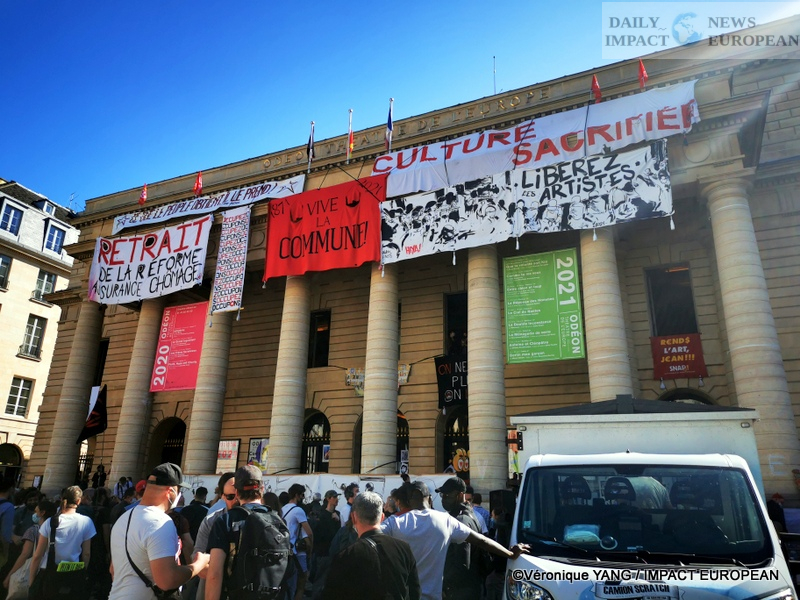
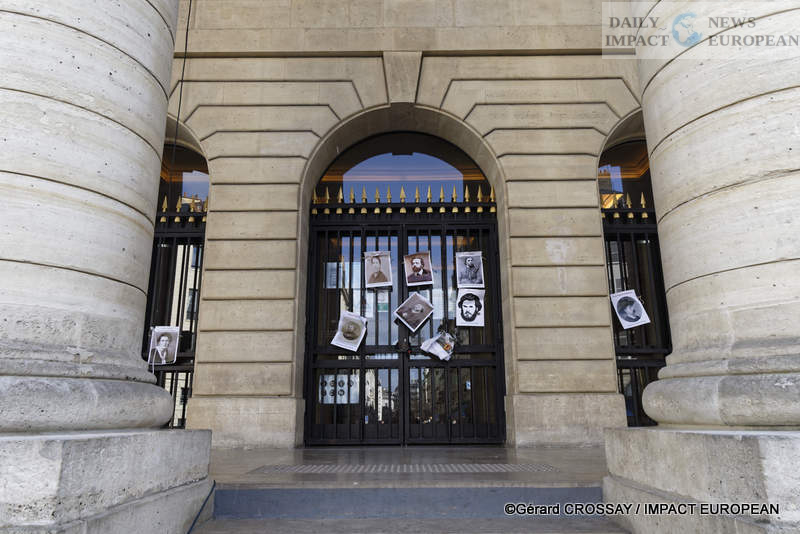
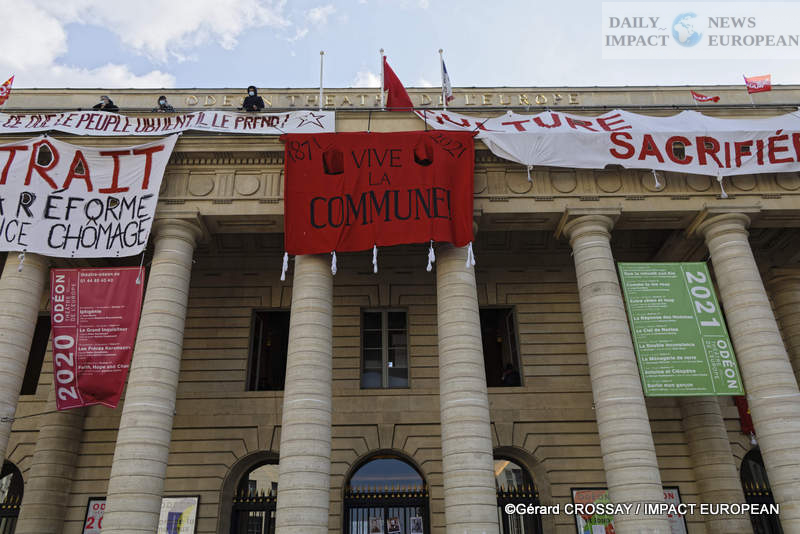
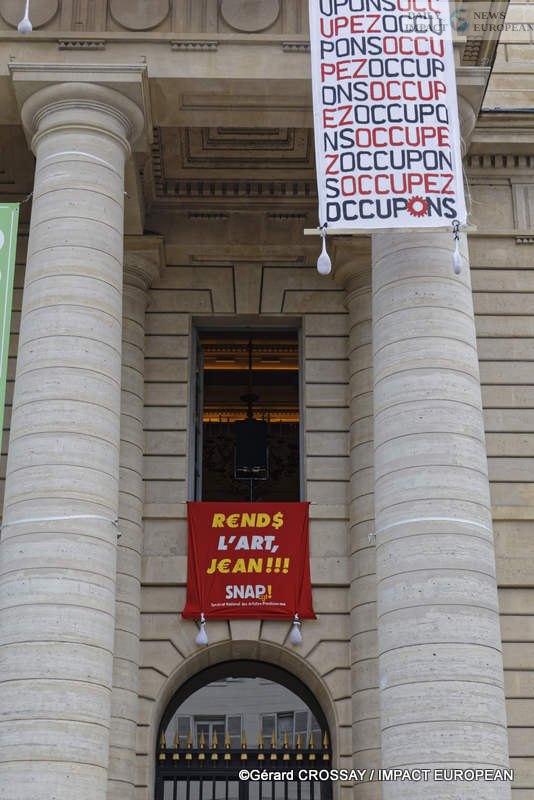
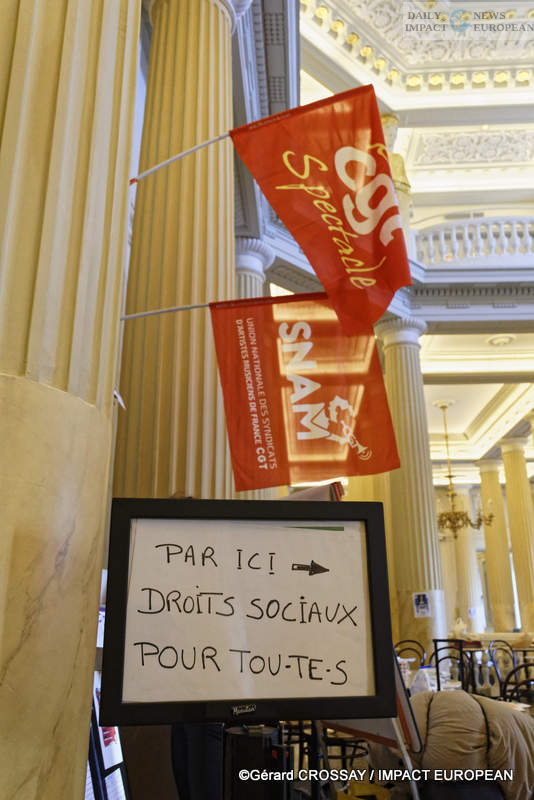
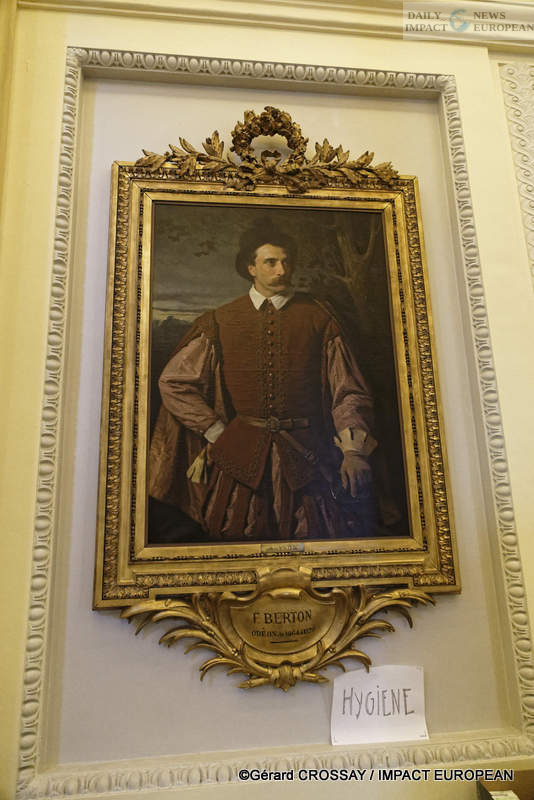
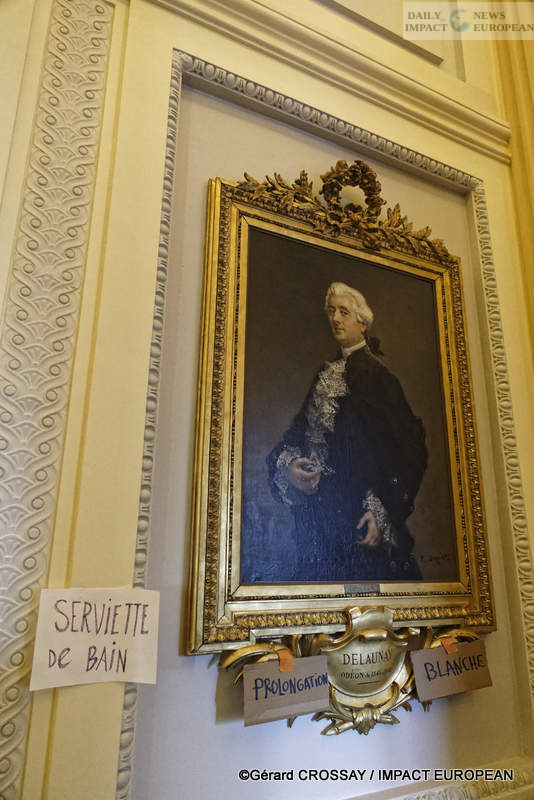
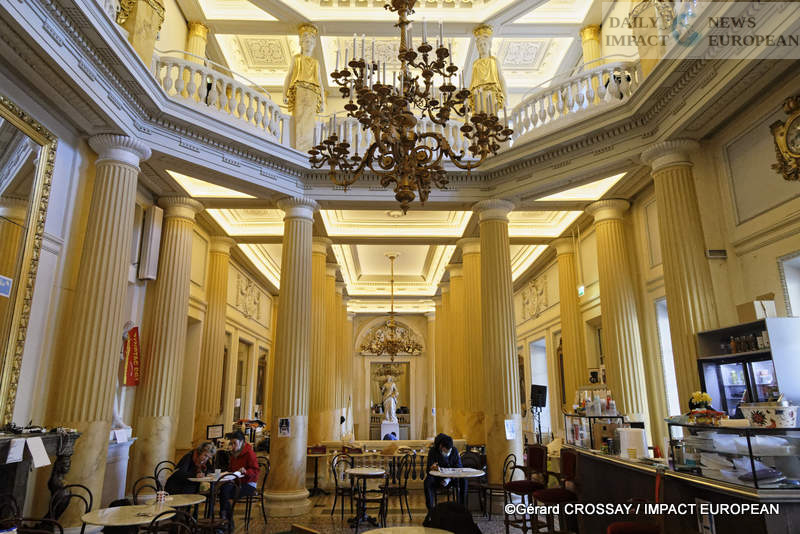
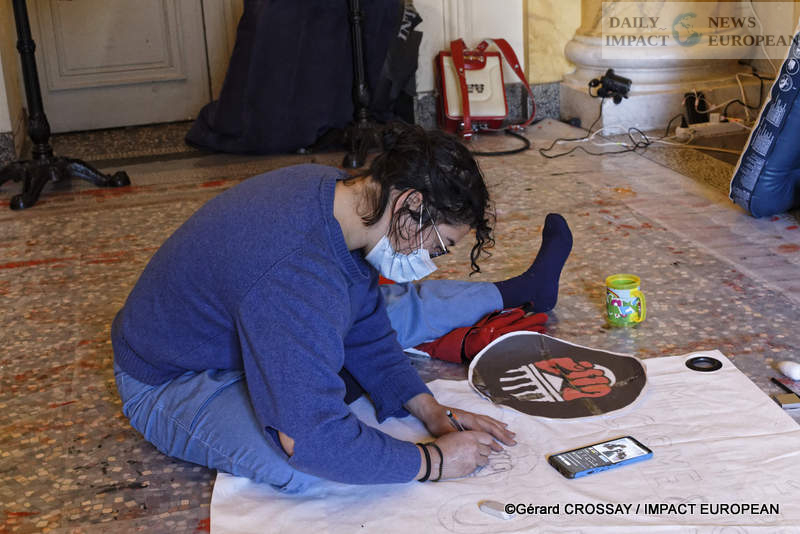
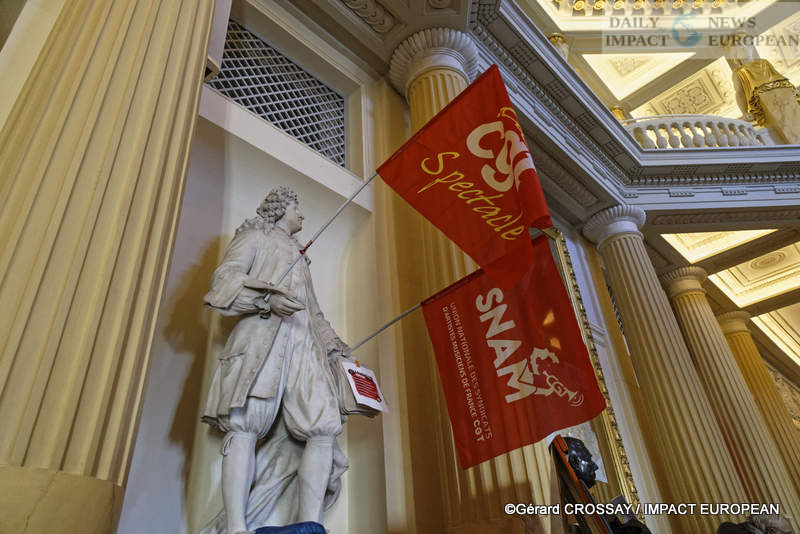

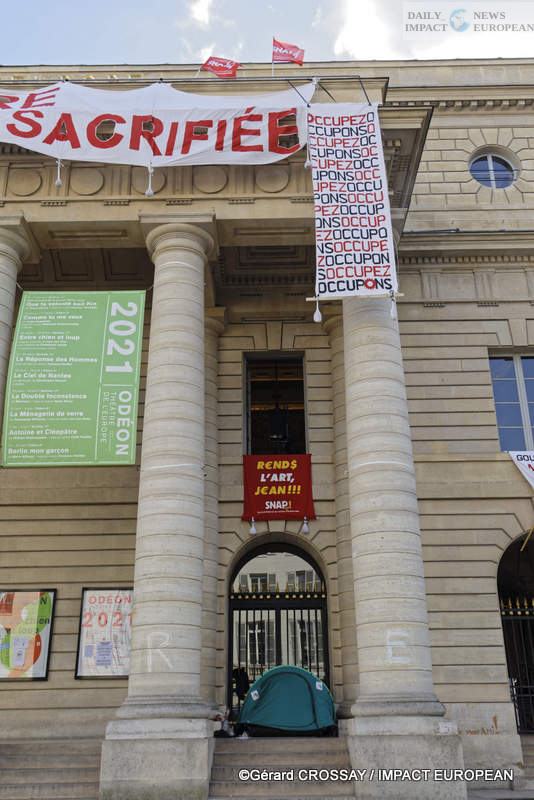
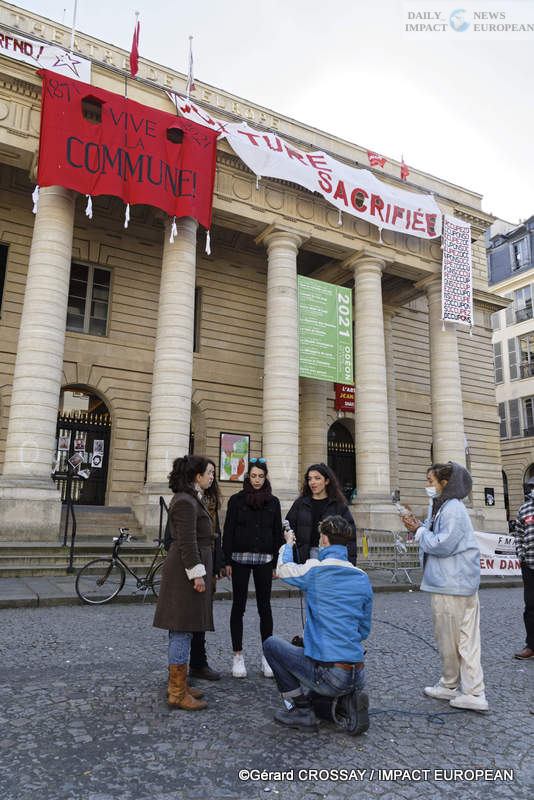

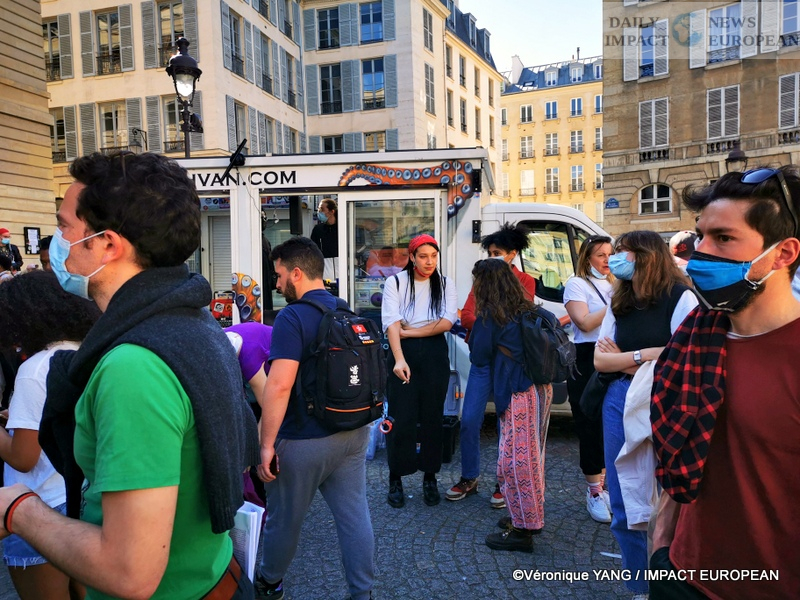

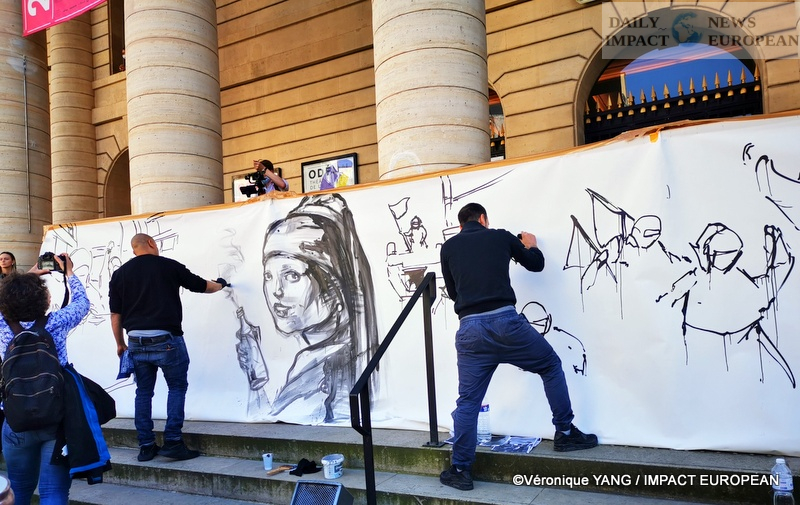
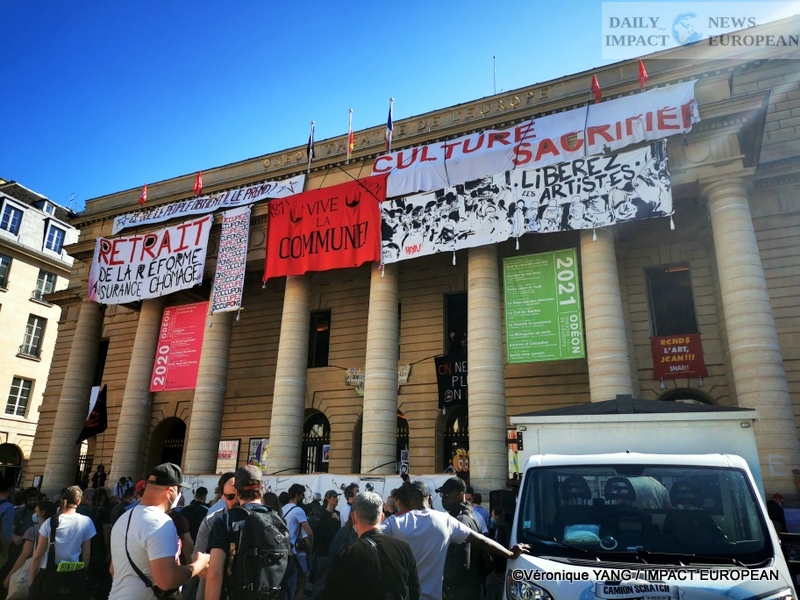
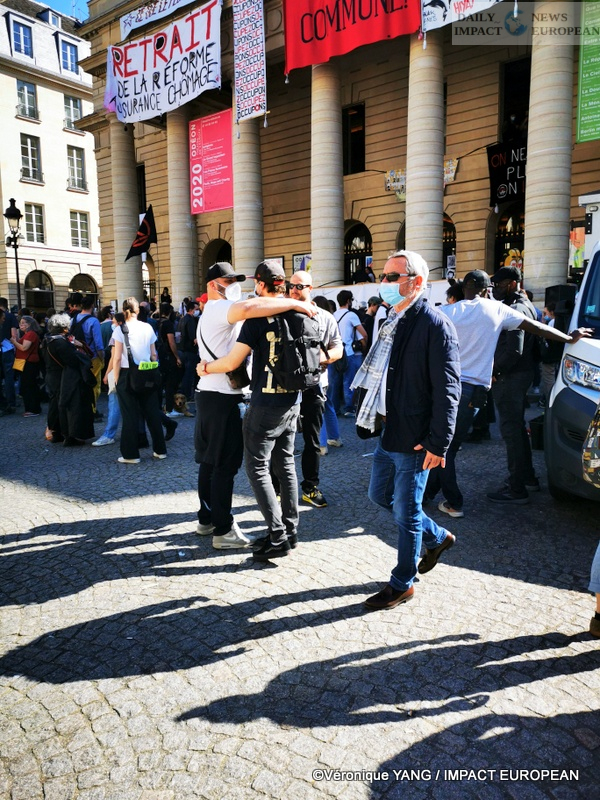
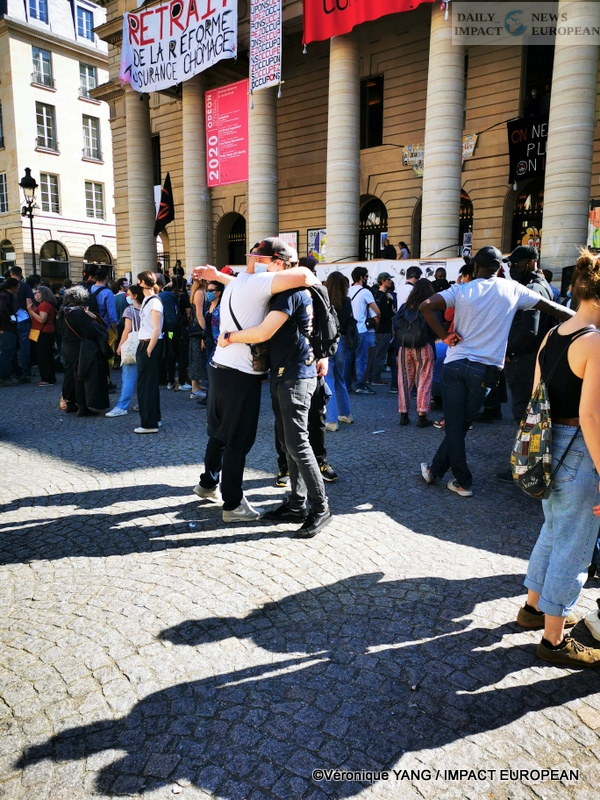
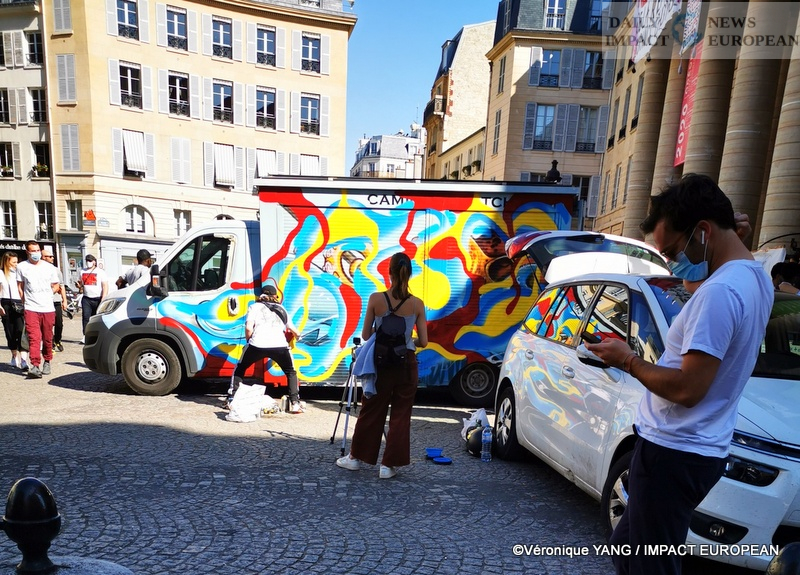
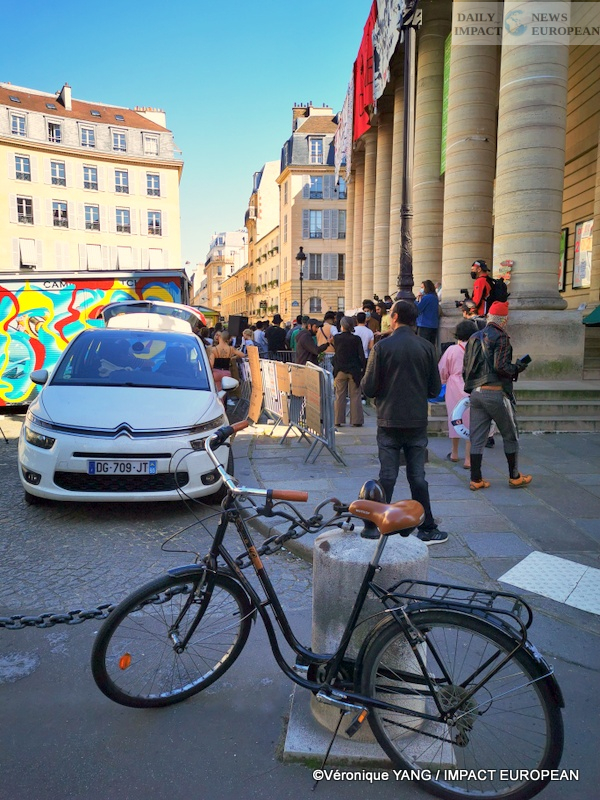








More Stories
Jenny d’Ormond, the mastery of 3D painting
Élysée: tripartite meeting between Trump, Zelensky and Macron
GREEN SANTA CLAUS ARE BACK